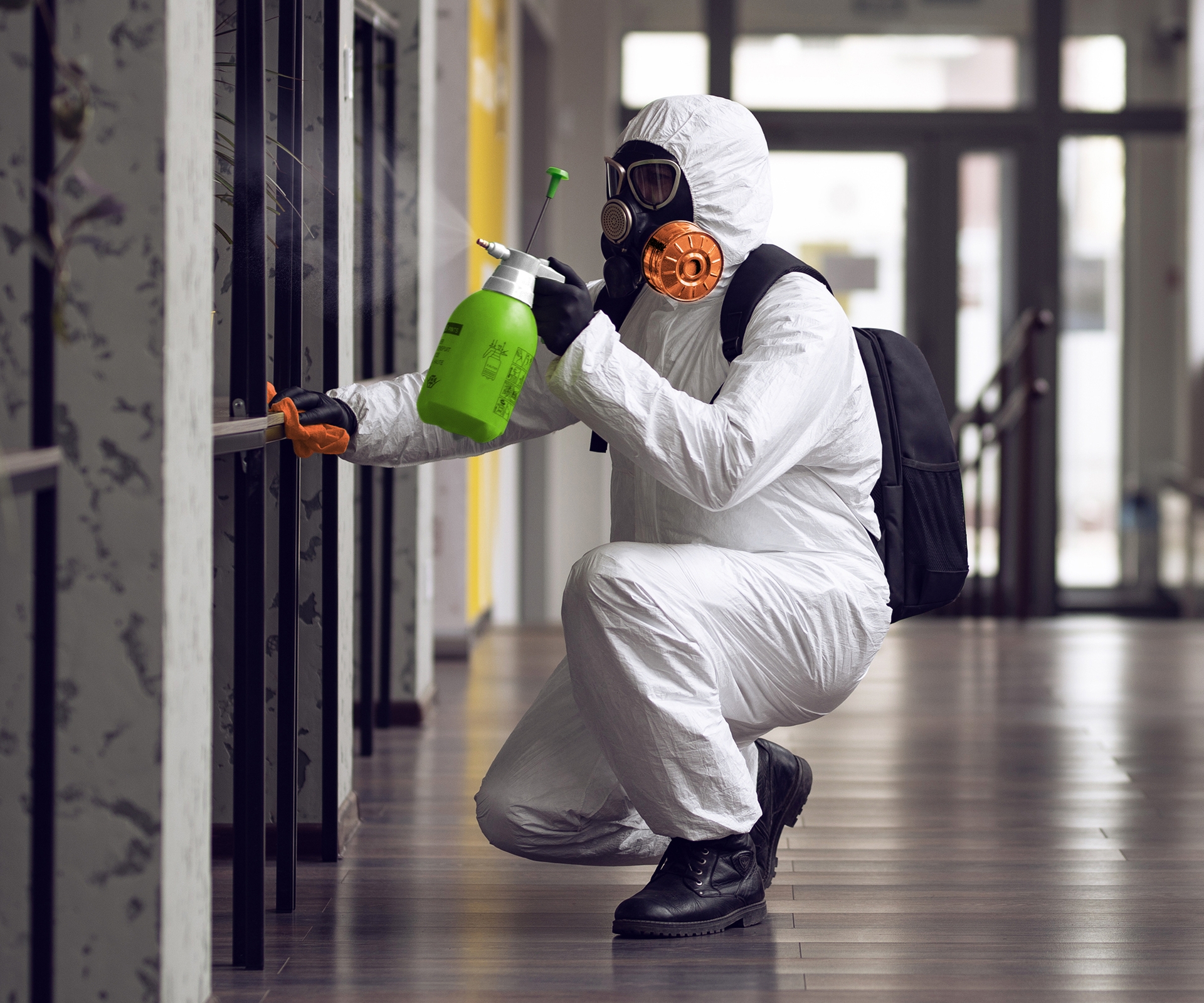Guaranteeing Post Remediation Verification Accuracy
Guaranteeing Post Remediation Verification Accuracy
Blog Article
Effective Blog Post Mold And Mildew Removal Solutions for Your Home
Mold development in homes can be a persistent issue, commonly requiring a methodical technique for reliable post-remediation services. From comprehending the factors that add to mold and mildew growth to implementing proper cleansing techniques and wetness control steps, the procedure can be elaborate yet crucial for preserving a healthy and balanced living atmosphere. testing air quality after mold remediation.
Recognizing Mold And Mildew Development Aspects
The primary factor adding to mold and mildew development is wetness. Mold and mildew spores need dampness to prosper and germinate, making damp or damp environments very susceptible to mold and mildew problems.

In addition, air flow and light direct exposure can influence mold growth. Areas that do not have appropriate air flow and natural light are more vulnerable to mold advancement. By dealing with these elements thoroughly, individuals can successfully mitigate mold and mildew growth and guard their living atmospheres.
Proper Mold Cleansing Methods
Using reliable cleansing approaches is essential in preventing the reappearance and addressing of mold contamination in indoor settings. The very first step in proper mold and mildew cleansing is to include the damaged location to protect against the spread of spores to uncontaminated locations.

Implementing Wetness Control Procedures
To effectively protect against mold and mildew growth and contamination in interior atmospheres, applying dampness control procedures is paramount. Dampness is the key factor that fuels mold advancement, making it crucial to take care of humidity degrees within the home. One effective procedure is to make use of dehumidifiers to maintain indoor moisture degrees listed below 60%. In addition, guaranteeing correct air flow in areas prone to moisture accumulation, such as cooking areas and shower rooms, can aid reduce the threat of mold and mildew development. Frequently inspecting and fixing any leakages in plumbing, roof coverings, or windows is also vital in protecting against excess moisture buildup. Making use of exhaust fans while cooking or showering, and enabling air circulation by maintaining furniture a little far from wall surfaces can assist in dampness control. Additionally, making use of moisture-resistant products in high-humidity locations, such as mold-resistant drywall and paints, can be valuable. By vigilantly applying these wetness control actions, homeowners can successfully decrease the possibility of mold recontamination and keep a healthy interior atmosphere.
Making Use Of All-natural Remediation Solutions
After efficiently applying dampness control measures to avoid mold and mildew growth in interior settings, house owners can now discover the performance of all-natural removal services in keeping a healthy living room. All-natural removal solutions use ecologically friendly approaches to battle mold and mildew and mold, making them a popular selection for those looking for non-toxic choices. By incorporating these natural remediation solutions into their cleaning regimens, home owners can effectively deal with mold and mildew development while promoting a healthier interior atmosphere for themselves and their family members.

Keeping a Mold-Free Environment
In order to stop mold and mildew reappearance and make certain a constantly mold-free atmosphere, it is essential for homeowners to implement positive maintenance practices. Regularly checking areas susceptible to mold growth, such as washrooms, cellars, kitchen areas, and attics, is essential. Attending this to any leaks, water damages, or excess wetness promptly can significantly reduce the risk of mold and mildew growth. Post remediation mold testing near me. Correct ventilation in areas with high moisture degrees official source is also essential to stop mold and mildew development. Making use of dehumidifiers or exhaust followers can aid keep optimum wetness levels and discourage mold spores from flourishing.
Furthermore, keeping sanitation in the home is important for mold and mildew prevention. Frequently cleaning and cleaning surfaces, carpets, and upholstery can assist remove mold spores prior to they have a chance to increase and settle. Utilizing mold-resistant products for building and construction products and home furnishings can further help in creating a mold-free setting. Lastly, maintaining interior plants in check and making certain correct drainage in outside landscape design can minimize wetness accumulation, lowering the probability of mold infestations. By adhering to these positive maintenance practices, house owners can properly promote a mold-free home.
Final Thought
Finally, it is vital to attend to mold and mildew growth variables, utilize proper cleaning strategies, carry out dampness control learn this here now procedures, use all-natural remediation remedies, and keep a mold-free atmosphere in order to efficiently manage message mold remediation in your home - Post remediation mold testing near me. By following these strategies, you can protect against mold from persisting and guarantee a healthy living environment for you and your family members
The main element contributing to mold development is dampness. Mold spores call for moisture to grow and sprout, making moist or wet atmospheres very at risk to mold problems.To properly avoid mold growth and contamination in interior settings, applying wetness control actions is vital. Additionally, making certain proper air flow in areas vulnerable to moisture accumulation, such as kitchens and washrooms, can help minimize the risk of mold and mildew development.After successfully applying moisture control actions to stop mold and mildew development in interior atmospheres, home owners can now check out the efficiency of all-natural remediation services in preserving a healthy and balanced living space.
Report this page